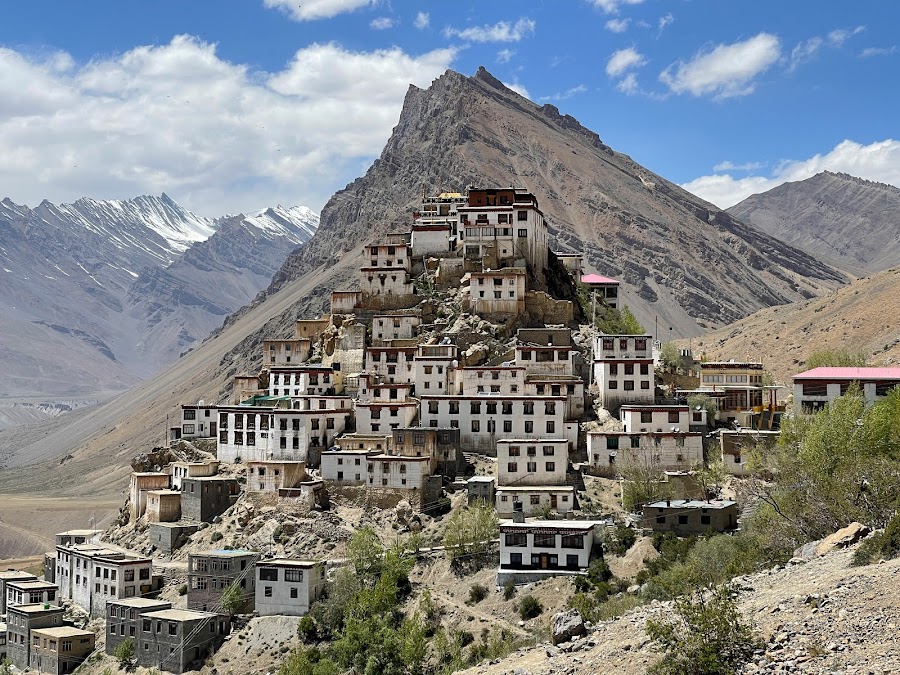
Key Monastery
Spiti Valley, India
- Attend a prayer ceremony.
- Capture panoramic photos of Spiti Valley.
- Explore the monastery's ancient murals.
- Hike to nearby viewpoints.
- Interact with the resident monks.
- Learn about Tibetan Buddhist culture.
- Meditate in the serene environment.
- Visit the monastery's library.
Known for:
Description:
Key Monastery, also known as Ki Gompa, is a stunning Tibetan Buddhist monastery perched atop a hill at an altitude of 4,166 meters (13,668 feet) in Spiti Valley. It's a prominent landmark and a significant religious center for Buddhists. The monastery offers breathtaking panoramic views of the surrounding snow-capped mountains and the Spiti River. The architecture is a fascinating blend of monastic and fortress styles, reflecting its history of defense against attacks. Inside, you'll find ancient murals, scriptures, and artifacts that offer a glimpse into the rich cultural heritage of the region. Visiting Key Monastery is a truly immersive experience, providing spiritual solace and a deep connection with the majestic Himalayas. It's a must-see destination for anyone traveling to Spiti Valley.
History:
The exact founding date of Key Monastery is debated, but it's believed to have been established in the 11th century. Over the centuries, it has faced numerous attacks and natural disasters, including Mongol invasions and devastating fires. Each time, the monastery was rebuilt and restored, showcasing the resilience and dedication of the monks. In the 19th century, it was severely damaged by Sikh and Dogra armies. The monastery has undergone several renovations, with major restoration work carried out in the 20th century. Today, Key Monastery stands as a testament to the enduring spirit of Tibetan Buddhism and the unwavering faith of the people of Spiti. It houses a vast collection of ancient Buddhist texts and artifacts, making it a valuable repository of cultural heritage.